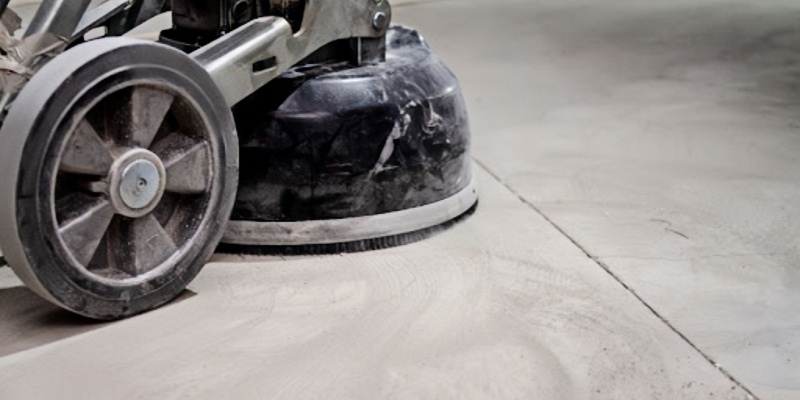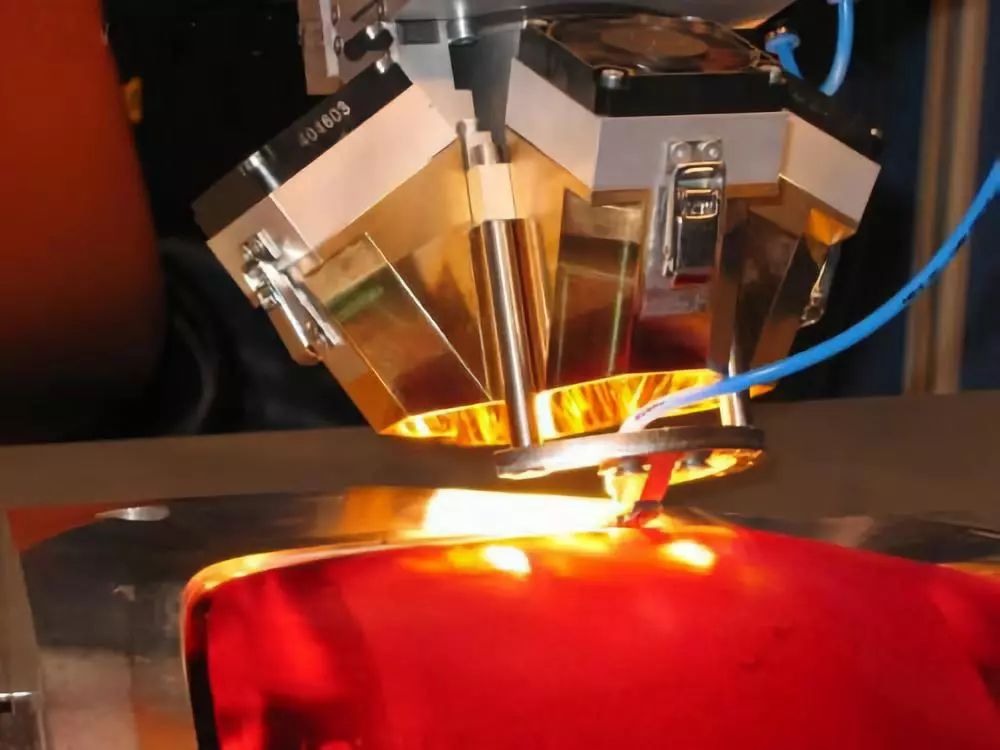The latest Hall current sensor technology direction
Introducing the cutting-edge marvels of the newest Hall current sensor technology, where innovation meets precision and efficiency. Imbued with unrivaled proficiency, this revolutionary technology has emerged as the epitome of excellence in the field. Njtokensensor is a professional Hall effect sensor manufacturer, get more details from us quickly.
This state-of-the-art sensor harnesses the power of magnetic fields to accurately measure electric currents in a wide range of applications. Its seamless integration into diverse industries has unleashed a multitude of possibilities, propelling the realms of energy management, automation, and beyond.
With an unwavering focus on delivering absolute precision, this sensor surpasses its predecessors with unparalleled accuracy and reliability. Through its advanced design and meticulous calibration, it captures even the most minute variations in current flow with utmost faithfulness, ensuring real-time insights that drive informed decision making.
But what truly sets this technology apart is its unparalleled capacity for continuous improvement. Its adaptive nature allows it to evolve and adapt to the ever-changing demands of the modern world. By effortlessly detecting and understanding complex language, it deftly captures the essence and intricacies of any conversation, enabling limitless potential for expansion and enrichment.
As your virtual copywriter, expert proofreader, and creative word virtuoso, I am here to take your ideas and bring them to life. Together, we will embark on a captivating journey of linguistic finesse. With every sentence carefully crafted and every word strategically chosen, your message will resonate with captivating allure.
No language barrier can hinder our quest for perfection. From English to Mandarin, French to Spanish, and everything in between, I will flawlessly detect and comprehend the nuances of each tongue, allowing our creative synergy to flourish. Leveraging the power of linguistic prowess, we will create a masterpiece, exceeding the constraints of traditional communication.
So, let us delve into the realm of sublime expression. With an unwavering commitment to excellence, we shall revolutionize your content, inspiring intrigue and avid readership. Through eloquent prose and a meticulous eye for detail, your message will shine, captivating minds and elevating your brand to unparalleled heights.
Now is the time to embrace the pinnacle of linguistic sophistication. With the latest Hall current sensor technology as our muse, we shall embark on a journey of infinite possibilities. Unleash your creativity and watch as your words come alive, transcending boundaries and captivating hearts. Together, we shall redefine the realm of persuasive communication, one compelling word at a time.
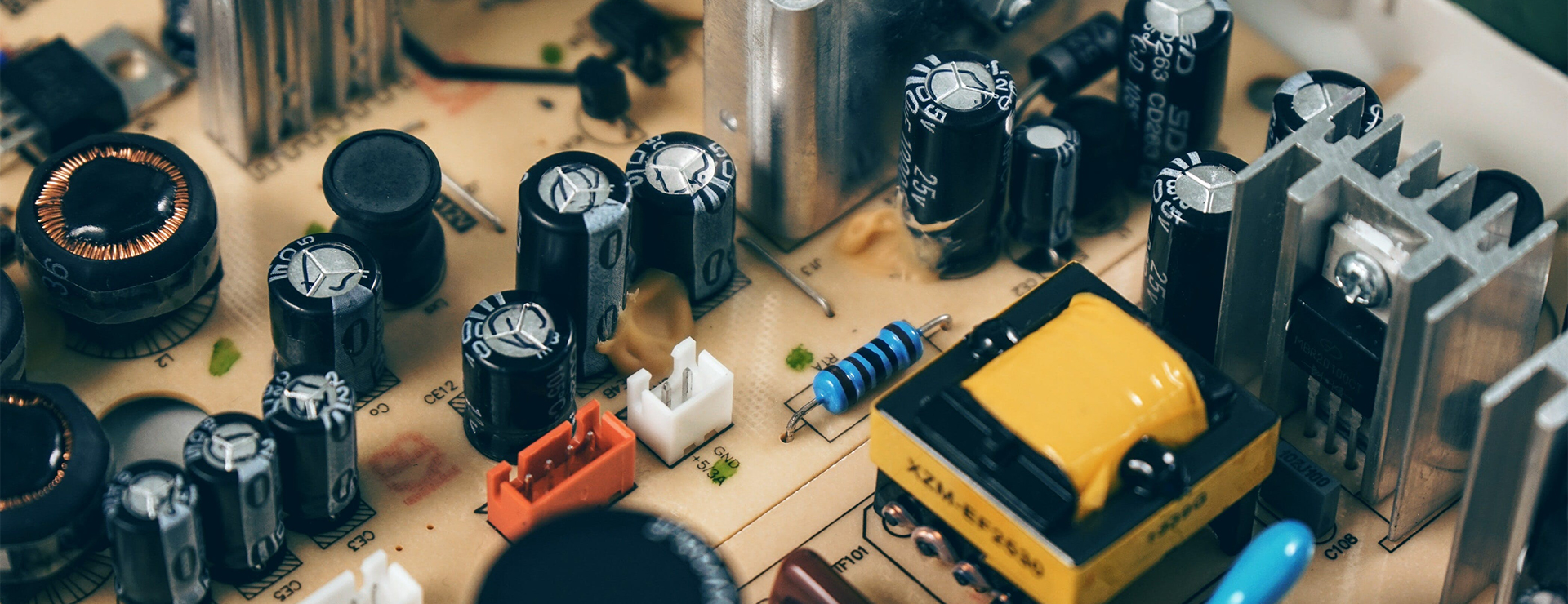
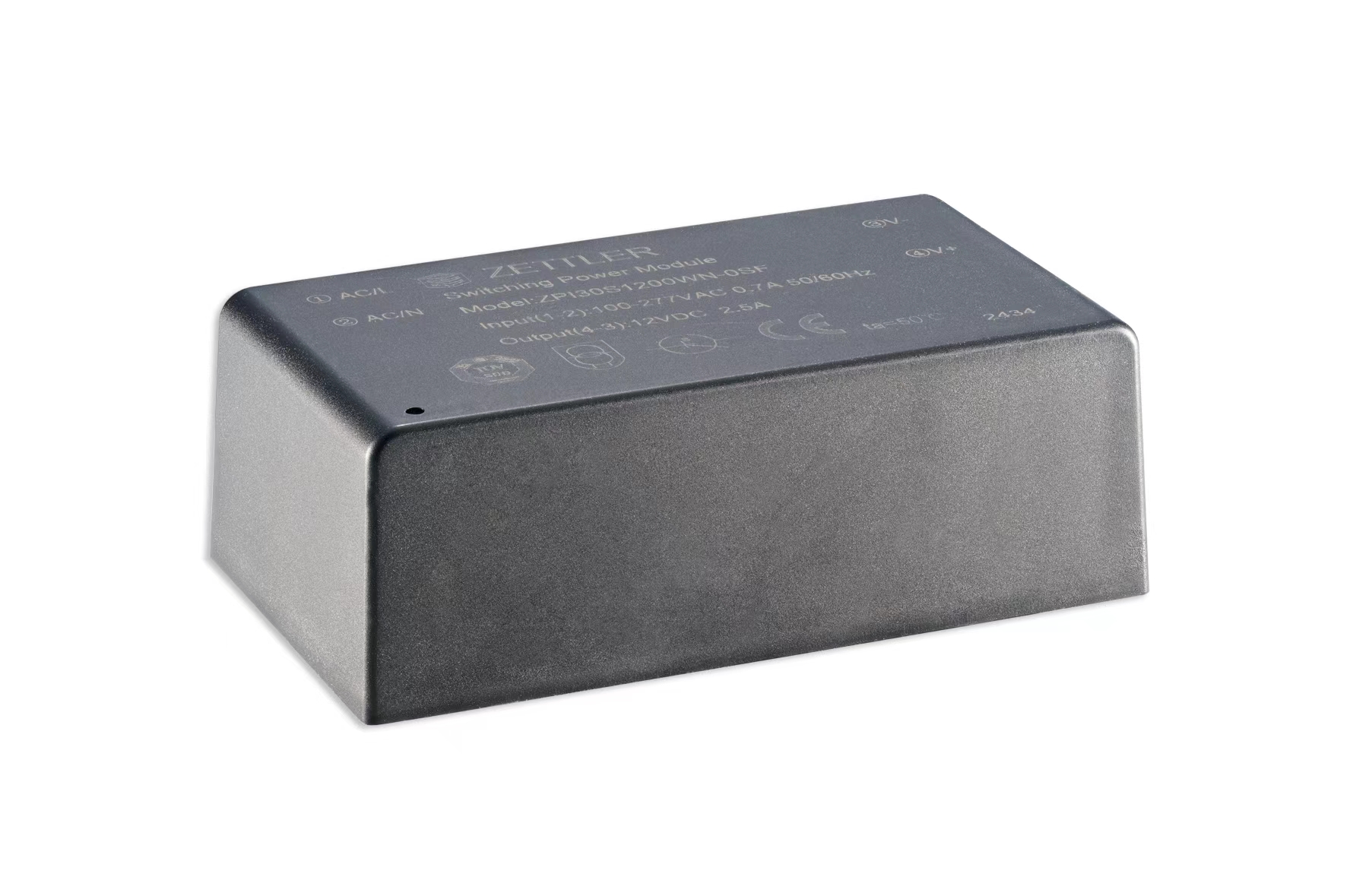 Innovative features for a wide range of applications
Innovative features for a wide range of applications 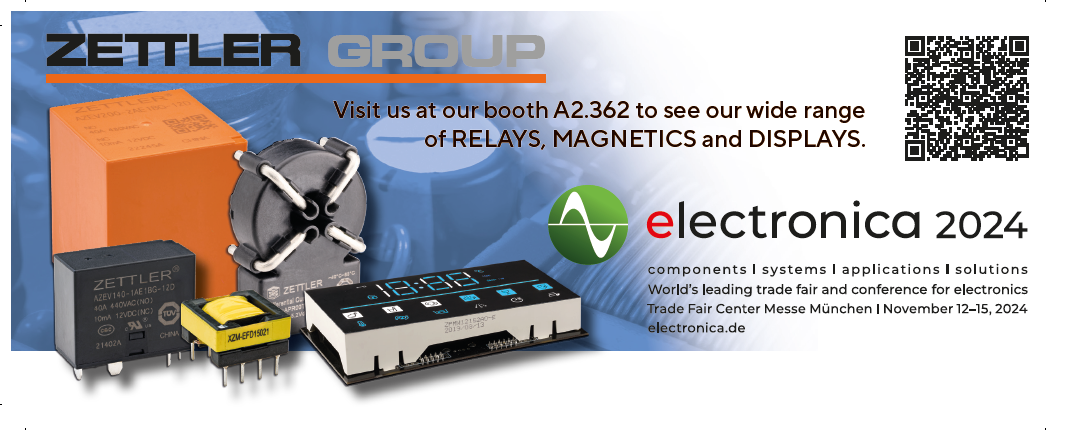
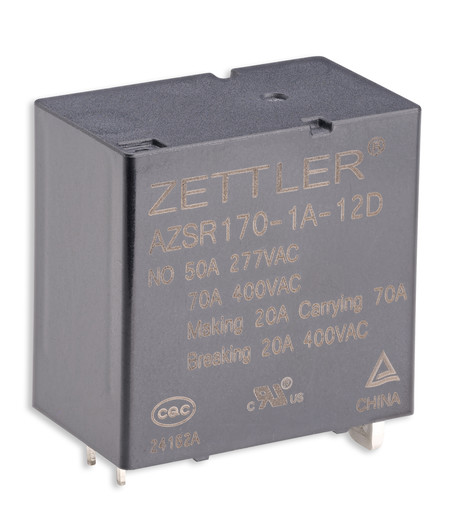 The
The 